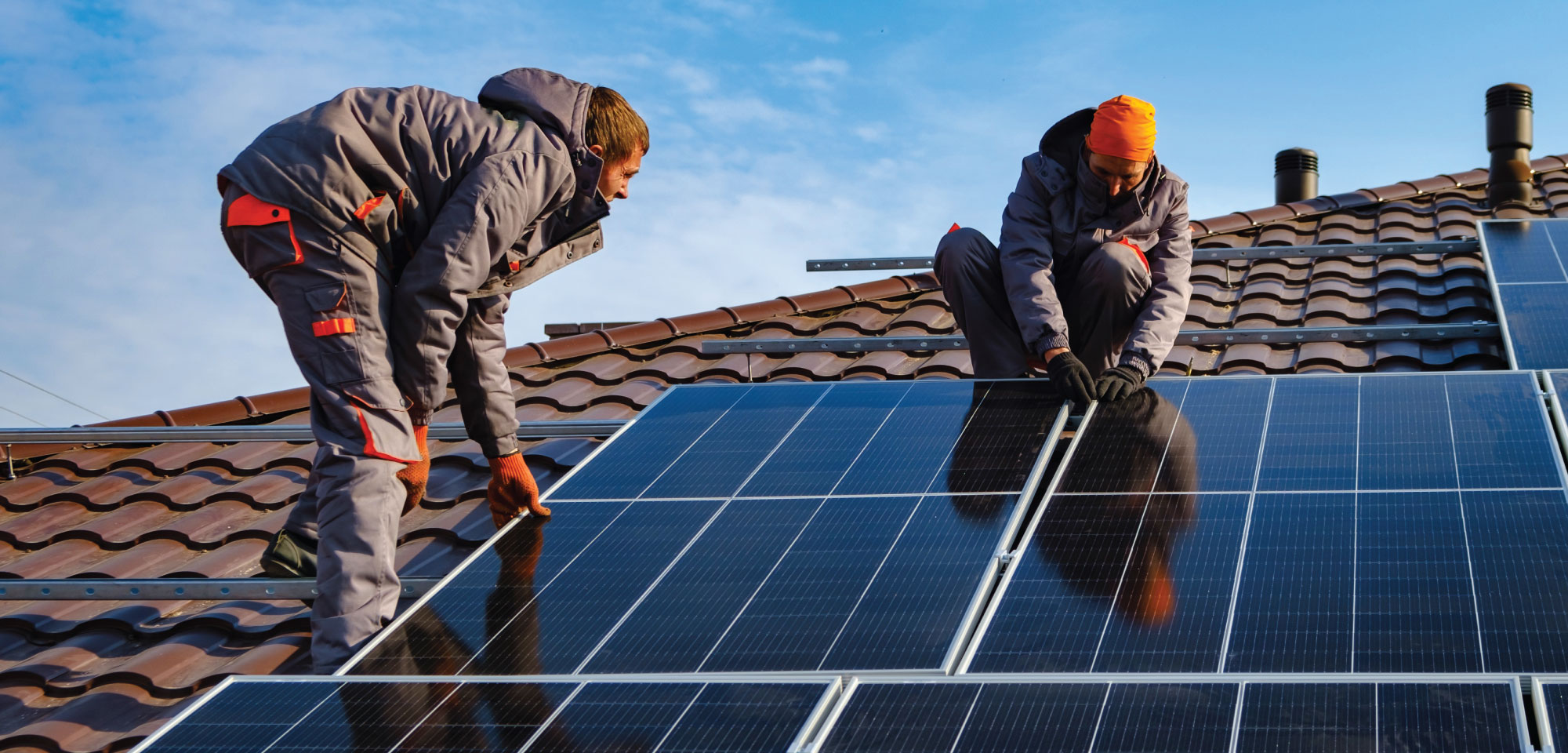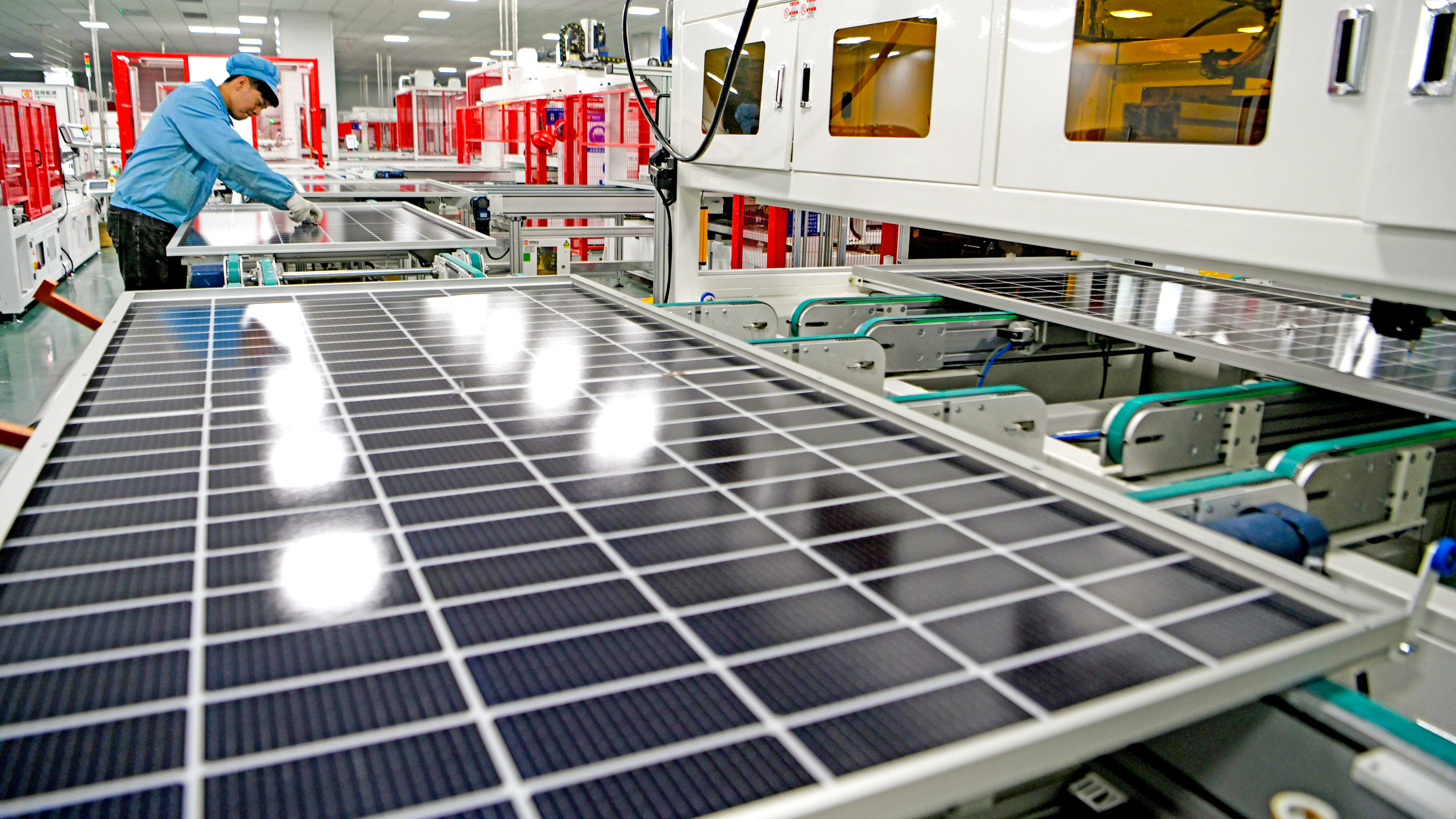The Only Guide to Commercial Solar Panels Virginia
The Only Guide to Commercial Solar Panels Virginia
Blog Article
Solar Power Equipment Virginia: Lumina Solar Concentrates On Supplying Advanced Photovoltaic Solutions For Residences And Companies
History and Founding
Have you ever wondered how a solar panel company springs from a mere spark of motivation into a powerhouse of renewable resource? It frequently begins with a vision-- one sustained by a mix of development, determination, and a pinch of serendipity. The journey of numerous solar business mirrors the development of the innovation itself: from large, ineffective panels to smooth, high-efficiency marvels harnessing the sun's bounty.
The Early Days
In the late 20th century, when solar power was still a specific niche idea, leaders planted seeds for what would become an international movement. Think of a little workshop filled with curious engineers, relentlessly exploring with photovoltaic cells. Their enthusiasm was palpable, typically driven by a desire to fight environment modification and reduce reliance on fossil fuels.
One such anecdote has to do with a creator who, inspired by an outdoor camping journey, realized that even in remote areas, the sun could power essential gadgets. This simple observation sparked a business's mission to democratize access to tidy energy.
Establishing Concepts

- Development: Continually pressing the limits of solar innovation to improve effectiveness and resilience.
- Sustainability: Devoting to environmentally friendly manufacturing and reducing carbon footprints.
- Accessibility: Making renewable energy services budget-friendly and practical for daily users.
Turning points in Development
| Year | Key Event |
|---|---|
| 1985 | Business founded in a little garage, focusing on research study and advancement. |
| 1995 | Commercial solar panel product introduced, getting regional attention. |
| 2005 | Expanded to international markets, welcoming worldwide eco-friendly energy objectives. |
| 2015 | Introduced innovative photovoltaic panel innovation with boosted energy conversion. |
Isn't it interesting how these incremental actions, typically neglected, form the energy landscape today? The photovoltaic panel business story is not almost innovation; it's about an unrelenting quest for a brighter, cleaner future.

Developments in Photovoltaic Panel Technologies
Ever observed how some solar panels gleam brighter and last longer? It's not magic; it's the science of photovoltaic performance. Modern photovoltaic panel business invest heavily in innovations like bifacial cells, which record sunlight from both sides, boosting energy harvest without expanding roofing area. Have you ever questioned why some panels perform better on cloudy days? That's due to advances in thin-film solar innovation, which thrives under diffused light conditions.
Product Variations Tailored to Unique Requirements
One size never fits all. Photovoltaic panel suppliers now use:
- Monocrystalline panels for optimum performance and smooth visual appeals, perfect for space-constrained rooftops.
- Polycrystalline panels, which use a cost-effective alternative without compromising excessive output.
- Building-integrated photovoltaics (BIPV), merging solar tech effortlessly into architectural aspects like windows and exteriors.
Selecting the right product isn't just about upfront cost; it has to do with matching your environment, energy objectives, and long-lasting cost savings. For instance, homes shaded by trees need panels that excel in low-light scenarios, something numerous neglect till energy costs climb unexpectedly.
Technical Tips for Optimum Choice
- Assess the temperature coefficient-- lower worths mean panels lose less performance on hot days.
- Look for panels with enhanced anti-reflective finishes to make the most of light absorption.
- Consider the panel's warranty not just for flaws, but for ensured power output over decades.
- Do not underestimate the value of the inverter technology coupled with the panels; it can make or break your system's performance.
Beyond Panels: Emerging Trends
Think of photovoltaic panels that adjust their angle instantly to go after the sun-- tracking systems are becoming more accessible, increasing yield considerably. Or solar tiles that blend undetectably into your roofline, transforming your home into a quiet, self-dependent power generator. These innovations are improving what a photovoltaic panel company uses-- not simply products, but integrated energy services.
Market Existence and Global Operations
Ever wonder why some photovoltaic panel business appear to sprout up in every corner of the world while others barely make a ripple? The difference lies not simply in technology but in mastering the art of browsing diverse markets. Broadening internationally resembles planting seeds in different climates-- you need to comprehend each environment's distinct conditions to prosper.
Take, for example, the elaborate dance of logistics and supply chain management. Delivering panels halfway across the world isn't just about range; it has to do with timing, customizeds, tariffs, and adapting to regional demand variations. A business with robust international operations anticipates these variables, ensuring panels arrive on schedule without pumping up expenses. This foresight is no little feat and often separates market leaders from followers.
Secret Techniques for Expanding Market Presence
- Localized manufacturing: Establishing production hubs near target markets decreases shipping hold-ups and import intricacies.
- Strategic collaborations: Working together with local companies speeds up market penetration and develops trust.
- Adaptive product style: Tailoring photovoltaic panel tech to weather, sun strength, and facilities subtleties boosts efficiency and approval.
What about the human element? Solar panel business operating worldwide should fix up cultural differences and regulative subtleties without losing sight of their core mission. For example, what works in a sun-drenched desert might fail in a damp seaside area. Sometimes, click here the most ingenious service is merely listening-- taking in regional insights to refine innovation and method.
Professionals frequently recommend a phased rollout rather than a shotgun expansion. Why run the risk of overextension when measured growth develops sustainable momentum? Scaling carefully indicates balancing aspiration with functional resilience - Residential Solar Panels Virginia. In the race for sustainable energy supremacy, patience can be as important as speed.
Ecological Effect and Sustainability Practices
When photovoltaic panels first emerged, numerous assumed they carried absolutely no environmental baggage. However, the reality is more nuanced. The production of solar batteries includes unusual earth metals and energy-intensive procedures, which can leave a sizable carbon footprint before the panels even reach rooftops. The true environmental cost depends greatly on the sustainability practices employed by the photovoltaic panel business throughout the lifecycle of their products.
How often do we stop briefly to consider what occurs to solar panels at the end of their helpful life? Unlike batteries or electronic devices, photovoltaic panels can last 25-30 years, however disposal and recycling pathways remain underdeveloped in many regions. A business committed to lowering ecological harm will have a robust plan for recycling photovoltaic materials, salvaging important silicon, glass, and metals to avoid land fill build-up.
Key Sustainability Techniques
- Utilizing low-impact production methods that decrease water and energy intake.
- Carrying out closed-loop systems to recycle production waste back into new panels.
- Engaging in transparent supply chain audits to ensure ethical sourcing of basic materials.
- Designing panels for simpler disassembly to assist future recycling efforts.
It deserves keeping in mind that some solar business have originated ingenious approaches, such as incorporating biodegradable parts or utilizing less poisonous chemicals throughout fabrication. This not only decreases ecological stress but also sets a precedent for the market. The concern stays: can the solar industry really pivot towards a circular economy model without compromising effectiveness or cost?
Expert Tips for Assessing Sustainability
- Ask about the business's dedication to carbon-neutral production and whether they offset emissions.
- Investigate if they partner with licensed recycling centers devoted to photovoltaic panel waste.
- Look for openness reports detailing ecological effects and sustainability objectives.
- Consider the durability and service warranty of panels as an indirect procedure of resource performance.
In the end, going with solar power should indicate more than just slashing electrical power expenses; it's about supporting a future where energy is collected properly and waste is thoughtfully managed. Photovoltaic panel business that accept this viewpoint not only illuminate homes however likewise cast a brighter light on sustainable development.
Report this page